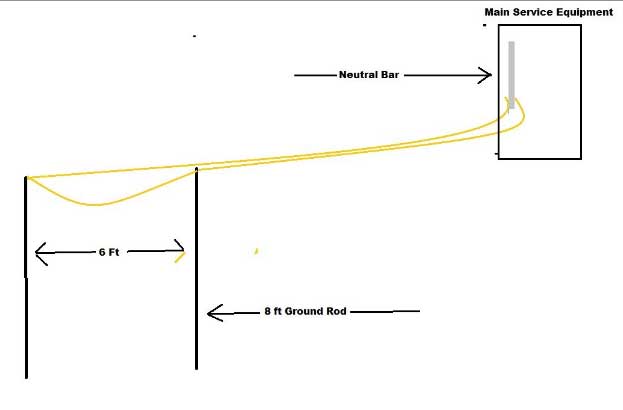We are trying to replace this tub and shower faucet - this was single handed and new is also single handed. ..new mfg recommendation says
1. min. distance between valve and tub spout 8 inch ..currently its like 6 or 7 inches
2. distance between tub bottom to valve body should be 30 inches ..in this case its like 24 inches
3. distance between tub spout and shower head should be 48 inches but in this case its like 54 inches.
Ok so I am thinking I should transition from this galv pipes to PEX and for that I can use PEX adapter that threads on to male galv pipes - if I do that is that a problem? Or I should not change the galvanized piping at all? can there be any corrosive reaction between galvanized pipe and PEX adapter which I think made of brass?
If remove this unions will that be a prob? I believe union is there separate corrosive reaction?
@breplum @Terry @wwhitney @jadnashua


1. min. distance between valve and tub spout 8 inch ..currently its like 6 or 7 inches
2. distance between tub bottom to valve body should be 30 inches ..in this case its like 24 inches
3. distance between tub spout and shower head should be 48 inches but in this case its like 54 inches.
Ok so I am thinking I should transition from this galv pipes to PEX and for that I can use PEX adapter that threads on to male galv pipes - if I do that is that a problem? Or I should not change the galvanized piping at all? can there be any corrosive reaction between galvanized pipe and PEX adapter which I think made of brass?
If remove this unions will that be a prob? I believe union is there separate corrosive reaction?
@breplum @Terry @wwhitney @jadnashua
Last edited:

